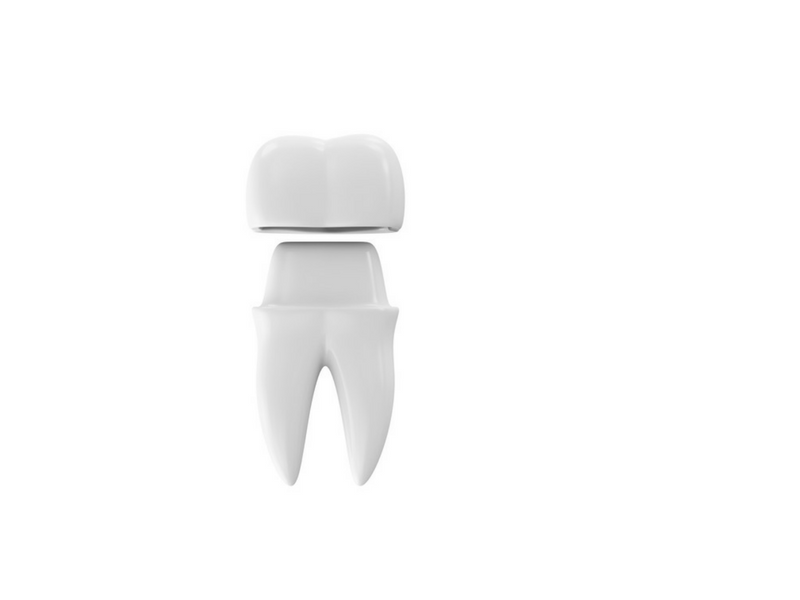Dental Crowns
A crown (sometimes called a cap) is an artificial cover that is placed on an individual tooth (somewhat like a thimble over your finger) to restore a decayed or damaged tooth to its normal shape and size. This procedure is often necessary when there is no longer sufficient tooth structure left to place a filling. It is also useful for protecting teeth that are cracked or broken. A crown can also be used to change the shape of a tooth, to correct a bite or cosmetic problem, or to replace existing broken or poor-fitting crowns.
The dentist usually requires two dental visits to install a crown. First, the dentist needs to prepare the tooth or implant for the crown. The dentist will grind and shape the tooth so that the crown can be fitted over it. Then, the dentist makes an impression of tooth and surrounding gums, which is then sent to a dental laboratory so that the crown can be created. The dentist fits a temporary crown over the tooth, until the permanent crown is ready. During the second visit, dentist will remove the temporary crown and cement the finished permanent crown onto the tooth.
Situations calling for tooth crowns include:
- Root canal
- Broken tooth
- Fractured tooth
- Weak or brittle tooth
- Tooth that has been damaged by a metal filling
- Tooth where fillings have failed
- Area of decay that is too large for a porcelain onlay
- Discoloured tooth that does not respond to tooth whitening
- Misshapen or very short tooth
A porcelain crown is also used for the artificial tooth on a dental implant.
Any surgical or invasive procedure carries risks. Before proceeding, you should seek a second opinion from an appropriately qualified health practitioner.

